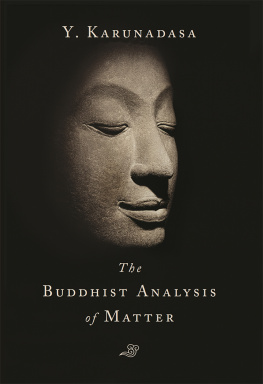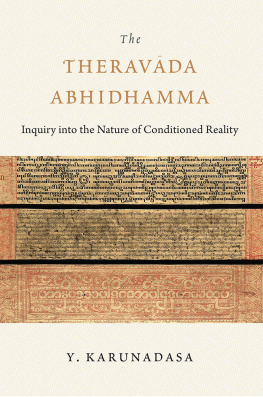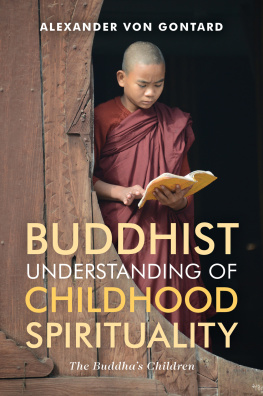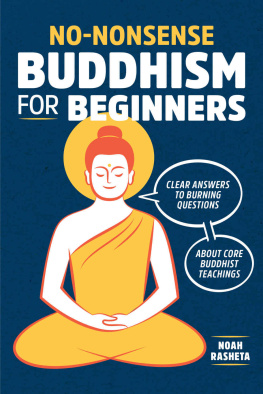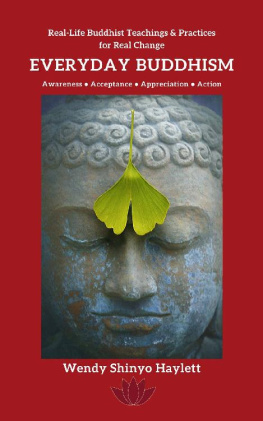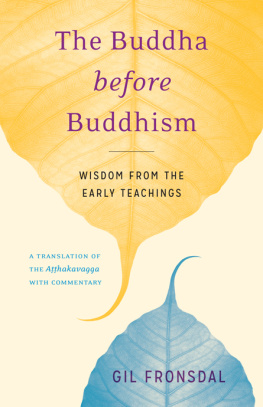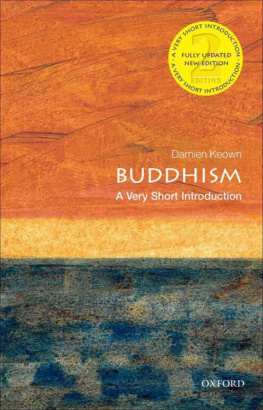ABBREVIATIONS
A. | Aguttara Nikya |
AA. | Aguttara Nikya Ahakath |
Abhvk. | Abhidhammattha Viksin |
ADV. | Abhidhammattha Sangaha-Vibhvin-k |
AKB. | Abhidharmakoa Bhya |
AKvy. | Abhidharmakoa Vykhy (Sphurth) of Yaomitra |
CDB. | Connected Discourses of the Buddha |
CNd. | Culla-Niddesa |
Dhp. | Dhammapada |
D. | Dgha Nikya |
DA. | Dgha Nikya Ahakath |
Dhs. | Dhammasagai |
DhsA. | Dhammasagai Ahakath |
G.S. | Gradual Sayings |
Iti. | Itivuttaka |
Kvu. | Kathvatthu |
KvuA. | Kathvatthu Ahakath |
M. | Majjhima Nikya |
MA. | Majjhima Nikya Ahakath |
MLDB. | Middle Length Discourses of the Buddha |
Mln. | Milinda Paha |
M.V. | Mohavicchedan |
Pe. | Peakopadesa |
Psm. | Paisambhidmagga |
PTS. | Pali Text Society, London, Oxford |
PTSD. | Pali-English Dictionary of the Pali Text Society |
PV. | Paramattha-Vinicchaya |
S. | Sayutta Nikya |
SA. | Sayutta Nikya Ahakath |
Sn. | Suttanipta |
Ud. | Udna |
UdA. | Udna Ahakath |
Vbh. | Vibhanga |
Vin. | Vinaya |
Vsm. | Visuddhimagga |
Vsm. | Visuddhimagga k |
ABOUT THE AUTHOR
Y. KARUNADASA, PHD (University of London), PhD Honoris Causa (Mahamakut Buddhist University, Bangkok, Thailand), DLitt Honoris Causa (University of Kelaniya, Sri Lanka), is professor emeritus at the University of Kelaniya and a former director of its Postgraduate Institute of Pli and Buddhist Studies. He was a Commonwealth Academic Staff Fellow (19741975) and visiting professor (1993) at SOAS University of London, a Distinguished Numata Chair Professor at the University of Calgary (2001), and a Tung Lin Kok Yuen Visiting Professor at the University of Toronto (2008). Currently he is the MaMa Charitable Foundation Visiting Professor at the University of Hong Kong. Among his published works are The Theravda Abhidhamma: Its Inquiry into the Nature of Conditioned Reality and The Buddhist Analysis of Matter.
ACKNOWLEDGMENTS
Two chapters in this book, one on dependent arising and the other on nonself, are based on two articles I contributed to The Sri Lanka Journal of Buddhist Studies, whose editor in chief is the Venerable Dr. K. L. Dhammajoti, the Glorious Sun Professor of Buddhist Studies at the University of Hong Kong. I am most grateful to him for his consent to reproduce them here.
I am equally grateful to the Venerable Dr. Guang Xing, assistant professor at the Centre of Buddhist Studies of the University of Hong Kong, for suggesting that I prepare a book on early Buddhist teachings and for the deep and abiding interest he has evinced in this work ever since I began it some years ago.
I express my grateful thanks to Dr. Asoka Welitota for helping me in word-processing the manuscript when he was a PhD student at the University of Hong Kong.
I owe a special debt of gratitude to Mr. Anthony Robert Scott, my friend and erstwhile student, for carefully going through the manuscript and making many valuable suggestions to improve the quality of the book. I benefited much from his critical mind and sound sense.
I must express my grateful thanks to Aosi Mak, teaching assistant at the Centre of Buddhist Studies, for devoting much of her precious time to the arduous task of formatting the manuscript and proofreading and generating the index, thus preparing the manuscript for publication.
Finally, I would like to express my grateful thanks to Professor C. F. Lee, to the Venerable Hin Hung, director of the Centre of Buddhist Studies, and to other members of the Li Chong Yuet Ming Buddhist Studies Fund of the Li Ka Shing Foundation for accepting this book to be included in The University of Hong Kong Centre of Buddhist Studies Publication Series.
Y. Karunadasa
Centre of Buddhist Studies
The University of Hong Kong
August 1, 2013
APPENDIX
Buddhism and the Issue of Religious Fundamentalism
The term religious fundamentalism some of the basic ingredients of religious fundamentalism are:
Ultraorthodoxy: the recognition of the absolute inerrancy of the religious scriptures.
Ultraorthopraxis: the attempt to practice religious life, based almost on a literal, rather than on a hermeneutical, interpretation of the rules and regulations laid down in the religious scriptures.
Exclusivism.
Militant piety.
Fanaticism.
Exclusivism as the Root Cause of Fundamentalism
There can be many reasons for the emergence and prevalence of religious fundamentalism. Nevertheless, we can identify exclusivism as its root cause. Other kinds of fundamentalism, as, for instance, those arising in relation to ones own race, nationality, ethnicity, or political ideology, also have exclusivism as their root cause.
How the Buddha Defines Exclusivism
The most precise, and therefore the most acceptable, definition of exclusivism can be found in the teachings of the Buddha. It is the attitude of mind that manifests in relation to ones own view that this alone is true, all else is false (Ida eva sacca; mogha aa).
The Danger of Attachment to Views Whether They Are Right or Wrong
An attitude of mind, driven by exclusivism, can easily provide fertile ground for bigotry and intolerance, indoctrination and unethical conversion, militant piety and persecution, interpersonal conflicts and acts of terrorism. From the Buddhist perspective, dogmatic attachment to views and ideologies, whether they are true or false, is very much more detrimental and fraught with danger than our inordinate attachment to material things. A good example is todays fast-growing industry of suicide bombing. Interreligious and intrareligious wars, often referred to by the misnomer holy wars, are another case in point.
How Buddhism Looks at Views
For Buddhism, a view is only a means to an end, a guide for goal-oriented action. In his well-known discourse on the Parable of the Raft (Kullpam), the Buddha says that his teachings are not for the purpose of grasping (gahaatthya), but for the purpose of crossing over (nittharaatthya): to cross over from the hither shore of sasra to the thither shore of nibbna.relative to the realization of the goal. As one Chinese Buddhist saying goes, the Dhamma is like a finger pointing to the moon. If we focus our attention only on the finger we cannot see the moon. Nor can we see the moon without looking at the finger.
Buddhism and Pluralism
The Dhamma is not actuality as such but a description of actuality, and therefore it can be presented in many ways, adopting many perspectives. It can also be communicated through many dialects and languages. What this brings into focus is best described as pluralism. Pluralism could be understood as the direct opposite of totalitarianism, the attempt to reduce everything into an unalterable, monolithic structure, where no alternative possibilities are permitted. We can even argue that pluralism is the direct opposite of fundamentalism as well. Where there is pluralism, there cannot be fundamentalism; where there is fundamentalism, there is no room for pluralism. In Buddhism, we can see many instances of pluralism, from its cosmic perspectives to its social dimensions.
Next page

